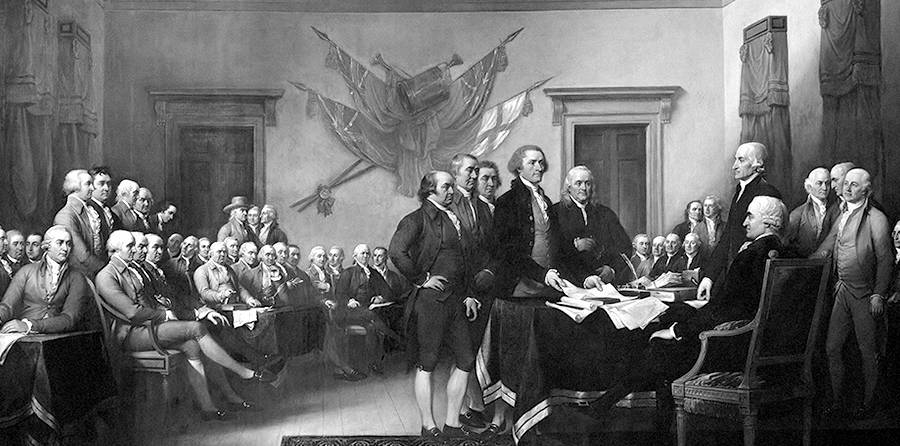Shaping Organizational Culture this Fourth of July

The idea that a group of leaders could create an event so galvanizing that people would talk about it over and over again is a bold one.
Tomorrow is the Fourth of July – a national holiday that we Americans celebrate to honor the day we first declared our independence from England. On that day in 1776, fifty-six political leaders signed the Declaration of Independence, announcing that they were now an independent nation. Today, over 200 years later, citizens celebrate nationwide to commemorate the birth of their country.
The idea that a group of leaders could create an event so galvanizing that people would talk about it over and over again is a bold one. I propose that this is a leader’s core responsibility – to not only create unifying rituals, but to create conversations about them as well. After all, the ambitions of America’s founders and the stories that we tell about them have helped shape our culture as a nation. Just imagine what a similar process could do for organizational culture.
When I was in the fifth grade, my father started working at John Hancock Life Insurance Company. Part of the company culture was that they were bold and that they “went first.” After all, John Hancock was the first of the fifty-six political leaders to sign the Declaration of Independence.
My dad’s new boss’ way of being bold had been established years before: every year at the company’s annual Fourth of July picnic, the top salespeople got to dunk the boss in a dunk tank. The stories about this annual dunking were legendary, and created a strong team spirit among the sales staff.
The dunking, and the stories about it, were also used to motivate employees to engage with customers and meet sales goals. My dad’s boss understood how to create a galvanizing event that helped shaped a culture.
These types of galvanizing events can be used to help solve office problems as well as shape the culture. For example, I know of one branch manager at TD Canada Trust in Vancouver who did this quite successfully when she noticed employees kept arriving to meetings late. The branch manager thought deeply about how she was using and experiencing her time, both at home and at work. She realized that she and everyone who reported to her was often frazzled and stressed. She further realized that the company’s scheduling of back-to-back meetings (e.g. having one meeting end at 10am and expecting attendees to be at another that started at the same time) was making this worse.
She was moved to host a breakfast and create a new policy for her staff. In honor of living a calmer and more meaningful life, she announced, “All meetings will now be 45 minutes long. They will begin at 15 minutes after the hour and end on the hour.”
It’s important to note that I didn’t hear this story about the policy from the branch manager. I heard it from one of her financial advisors.
“It’s incredible how this simple change of how we use our calendars has changed the vibe at work,” he told me. “Everyone feels calmer now. And amazingly, we get more done.”
The story was being told, over and over. This brave branch manager created not only a new ritual, but a new talking point for her staff, which helped to reshape the culture.
Here are a couple more examples to inspire you:
In several divisions of Proctor and Gamble, the culture dictates that after information on a new initiative is presented, the most junior person in the room weighs in first with their thoughts or questions. In this way, the leader in the room gets feedback on new ideas in an unfiltered way. They understand their power. They know that if they speak first, people in the room will simply agree with them.
At the professional-services firm Towers Watson, several managers, inspired by their university years – keep “office hours.” On the door outside each of their offices, a clipboard is hung with their schedule of open time slots. Anyone can sign up for a slot to talk about any subject they wish.
What are the moments and rituals that you’ve created? Is there an environment at your organization where people can succeed? And after they’ve succeeded, will they be recognized and celebrated? Let us know.
